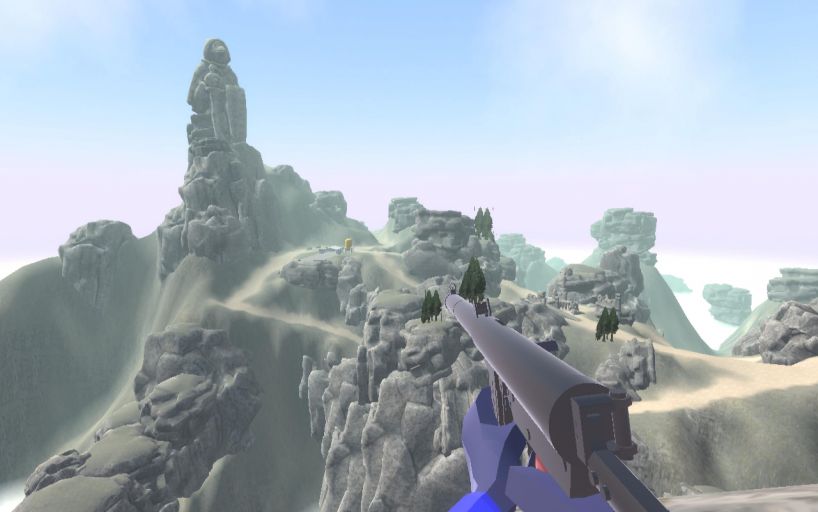

The angled pistol grip was slung under the receiver in the usual way while the rectangular trigger loop was large enough to encourage use by a gloved hand. The receiver was somewhat tubular in its shape with slab sides, contouring nicely forwards towards the integrated suppressor cylinder. Outwardly, the Type 64 showcased a rather basic appearance for its dedicated role. The AK-47 and AKM assault systems were both produced locally in China.

The two systems were integrated into the body of the Soviet AKS - the metal folding stock variant of the famous Kalashnikov AK-47 Assault Rifle. 26 light machine gun, allowed for select-fire (single-shot or full-automatic fire) while being constructed of steel stamping. The trigger group, believed to be "inspired" by the 1920s-era Czech ZB vz.

The bolt was taken from the Soviet World War 2-era PPS-43 Submachine Gun of 1942 of which some 2 million were eventually in circulation by war's end. The selected cartridge was fired through a basic blowback action utilizing a closed-bolt mechanism. The barrel itself measured 9.6mm (244mm) long. Its folding stock allowed for a more compact form to be achieved at 25 inches (635mm). The Type 64 exhibited a weight of 3.4 kilograms and featured a full length of 33.2 inches (843mm). This allowed for a more useful muzzle velocity to be retained by the exiting bullet. The Type 64 was not a truly "silent" weapon as it did not make use of a subsonic cartridge, relying instead on the locally-produced version of the Soviet 7.62x25mm Tokarev standard-load pistol cartridge as the "7.62x25mm Type 51". It was designed from the outset to make use of an integrated suppressor to achieve somewhat quieter operation when compared to a typical, unmodified weapon of similar form and function. This weapon became the Type 64 Submachine Gun (SMG) of 1966. Following in line with other major armies of the period, the Chinese adopted a dedicated suppressed firearm for Close-Quarters Battle (CQB) with issue intended for special forces elements.


 0 kommentar(er)
0 kommentar(er)
